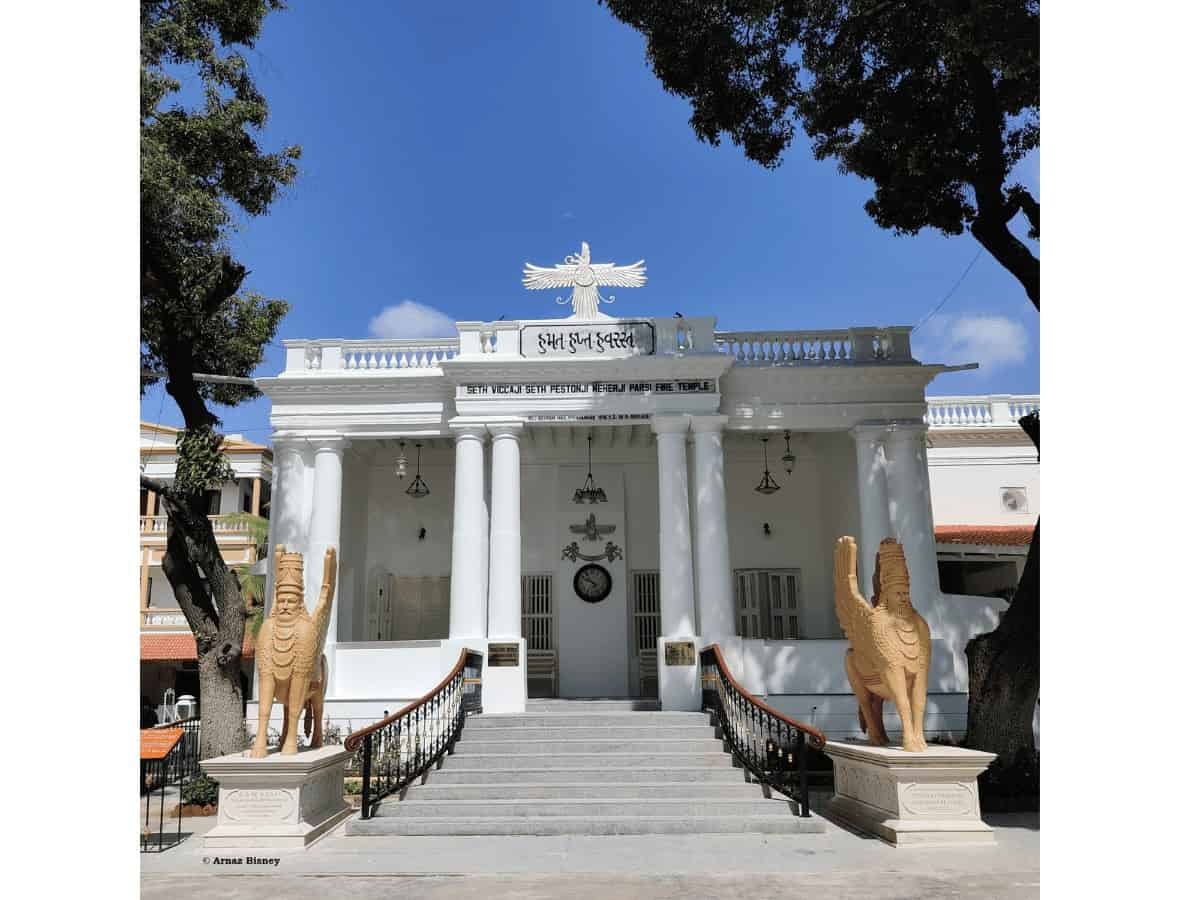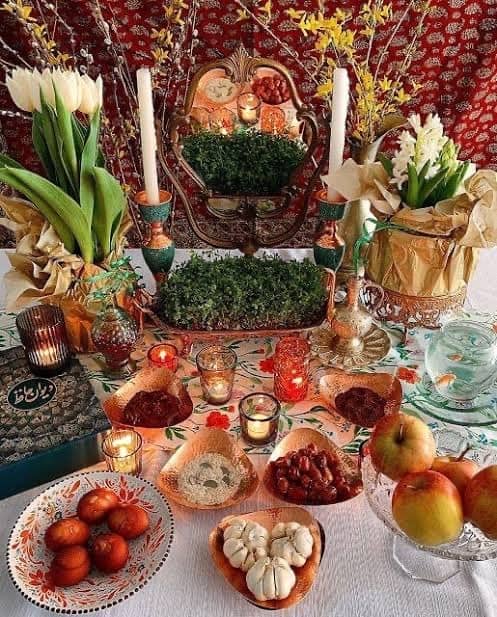
Hyderabad: The Parsi community in the city is all set to celebrate Navroz on Thursday, August 17. The festival marks the beginning of the new year and the month of Farvardin according to Zoroastrian solar calendar. Navroz is a Persian term, derived from two words ‘nav’ (new) and ‘roz’ (day).
The festival originated in Persia, which is currently called Iran, and is widely celebrated by the Zoroastrian community across the world. The festival usually falls every year on Spring Equinox around 21st March. However, the Indian Parsi community follows the Shahenshahi calendar, according to which the festival is celebrated either in July or August. Navroz 2023 will be celebrated on Wednesday, August 16, across the country.
Preparations in full swing
The Indian Parsi community cleans their homes and premises to welcome Navraoz. Parsis celebrate the by wearing new clothes, giving gifts, and making charitable donations. After breakfast people visit fire temples and offer a prayer called ‘Jashan’ to express gratitude to their lord. Milk, water, fruits, flowers and sandalwood are put into the ‘sacred fire’ as offerings.
A fire temple is a place of worship where Parsis veneration to the supreme creator Ahura Mazda and fire is the living symbol of Ahura Mazda on earth. After the prayer, people relish Parsi dishes and greet each other with wishing good fortune and health.

Brief history of Zoroastrianism
The prophet Zoroaster (Zarathustra in ancient Persian) is the founder of Zoroastrianism and it originated in the present-day Iran. Zoroastrianism is arguably the world’s oldest monotheistic faith. Avesta, also called Zend-Avesta is the sacred scripture of this religion.
According to Ervad Mehernosh H. Bharucha, head priest of the Bai Maneckji Nusserwanji Chenoy Dar-e-Meher at Abids, the primary belief in Zoroastrianism is that everything begins and ends with Ahura Mazda.
Zoroastrianism was the state religion of three Persian dynasties. The religion came to India in the 7th century when masses from Persia migrated to India after the Arab invasion.
According to the 2011 census, there are 57,264 Parsis presently living in India.

Hyderabadi Parsi
When we think of Parsis and their religion in India, Mumbai or Gujarat are probably places that come to mind. However, most people are not aware of the fact that Hyderabad’s connection with both Parsis is over two centuries old.
According to community estimates, about 1,200 Parsis live in Hyderabad. The story of the Parsi Zoroastrian community in Hyderabad coincides with that of the history of the two-century-old city of Secunderabad.
There are a total of three Parsi temples in Hyderabad. However, the fire temple in Secunderabad was the first Parsi temple built in Nizam’s dominion by two Parsi brothers, Seth Viccaji Meherji and Seth Pestonji Meherji, in 1847.
The Parsi brothers were a living saga of the two enterprising youngsters that their name and clout spread from the Konkan to the Deccan.
Primarily the brothers took the cotton trade in the region to unprecedented heights by lending massive loans to the Nizam’s government, and becoming the only Parsi family ever to have their initials engraved on a national coin (in Nizam-era). The family’s fortunes took a sudden turn in the next few years, hitting rock bottom.
How temples were built
The bungalow of Col. Haffkine, adjacent to the fire temple, and the land around it were purchased by the Meherji brothers and given in charity for the maintenance of the Seth Viccaji Meherji and Seth Pestonji Meherji fire temple. The Atash Adaran (holy fire) was enthroned and consecrated on 12th September 1847, (Roj Behram, Mah Aspandad, 1216 YZ).
Marble plaques placed inside contain Persian couplets by Khan Bahadur Dastur Nosherwanji Jamshedji Jamaspasa and Rai Girdhari Prasad. It tells us the day and date of this fire temple.



